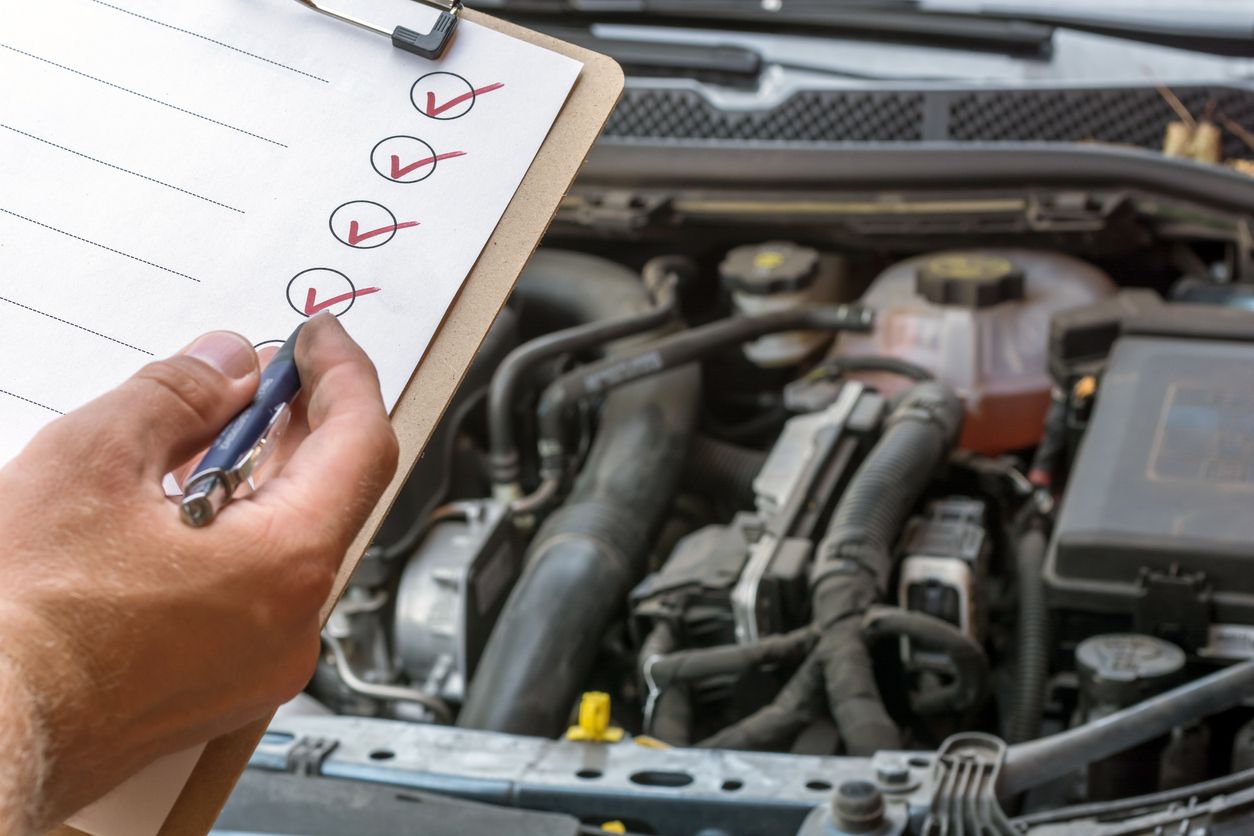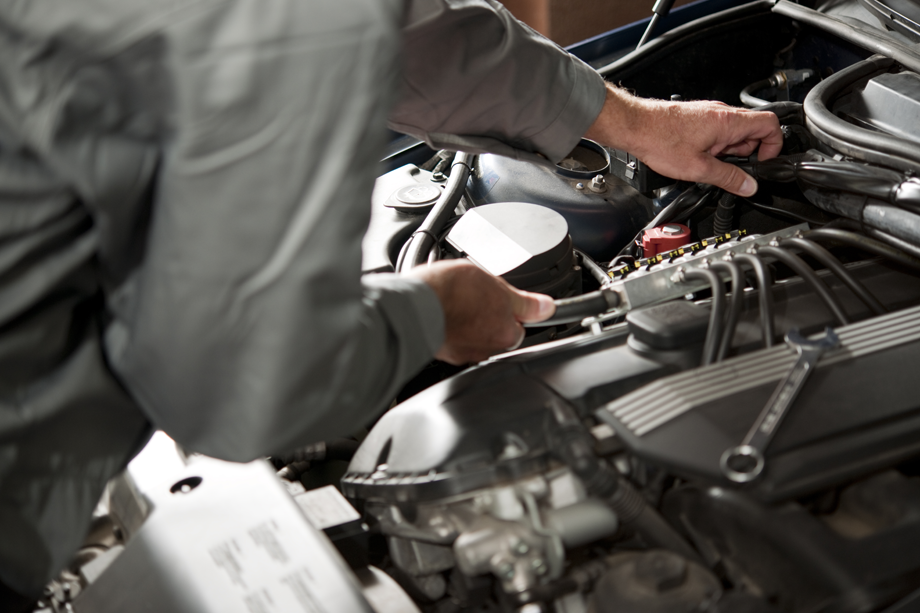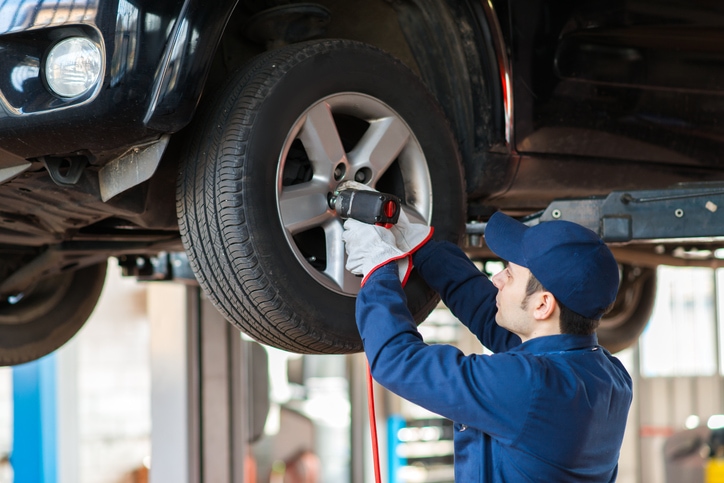All Categories
Featured
Routine tire turnings are an essential yet usually neglected facet of automobile upkeep. This easy procedure, which involves changing the placement of your tires, helps maintain also put on across all 4 tires, eventually improving your car's performance and durability. Allow's discover the relevance of tire rotations and the tangible benefits they supply.
What Is a Tire Turning?
![]()
Tire turning entails moving the tires to different settings on your automobile. The front tires might be switched with the back ones, or they might be crossed from one side of the car to the various other. The turning pattern depends upon aspects like your automobile's drivetrain (front-wheel drive, rear-wheel drive, or four-wheel drive) and the kind of tires you utilize.
Why Are Routine Tire Turnings Essential?
Tire rotations make sure that all tires put on down evenly. Since various tires experience varying levels of anxiety based on their placement, uneven tire wear happens normally. As an example:
Front tires on front-wheel-drive automobiles handle even more jobs like guiding, braking, and acceleration, triggering them to wear faster.
Rear tires on rear-wheel-drive cars birth similar burdens, bring about uneven wear patterns if left uncontrolled.
![]()
Without normal turnings, some tires might break prematurely, necessitating substitute sooner than anticipated.
Advantages of Normal Tire Turnings
Improved Efficiency and Handling. Even tire wear helps maintain well balanced traction throughout all 4 tires. This balance is essential for optimum car handling, particularly in difficult driving conditions such as rainfall or snow.
Extended Tire Life-span. Routine turnings distribute use even more uniformly, lowering the requirement for constant substitutes and conserving you money in the future.
![]()
Enhanced Gas Efficiency. Unevenly worn tires can increase rolling resistance, requiring your engine to function harder and eat even more gas. Effectively turned tires guarantee smoother trips and much better fuel economic climate.
Safety. Used tires concession grasp and braking efficiency, increasing the danger of crashes. Rotating your tires regularly preserves constant tread deepness and makes certain a more secure driving experience.
Just How Commonly Should You Revolve Your Tires?
A lot of professionals recommend rotating your tires every 5,000 to 7,500 miles, but this can vary based on your vehicle's producer guidelines. It's a great technique to combine tire turnings with regular solutions like oil changes for comfort.
Signs You Need a Tire Rotation
Unequal walk endure your tires.
Visible resonance while driving.
Trouble handling the vehicle on unsafe or wet roadways.
Last Ideas
Normal tire turnings are a basic yet impactful upkeep job that increases vehicle efficiency, improves security, and saves you cash. By committing to this practice, you'll appreciate a smoother driving experience and a much longer life expectancy for your tires. Consult your car's guidebook or a trusted auto mechanic to guarantee you're complying with the best rotation timetable and pattern for your car.
What Is a Tire Turning?

Tire turning entails moving the tires to different settings on your automobile. The front tires might be switched with the back ones, or they might be crossed from one side of the car to the various other. The turning pattern depends upon aspects like your automobile's drivetrain (front-wheel drive, rear-wheel drive, or four-wheel drive) and the kind of tires you utilize.
Why Are Routine Tire Turnings Essential?
Tire rotations make sure that all tires put on down evenly. Since various tires experience varying levels of anxiety based on their placement, uneven tire wear happens normally. As an example:
Front tires on front-wheel-drive automobiles handle even more jobs like guiding, braking, and acceleration, triggering them to wear faster.
Rear tires on rear-wheel-drive cars birth similar burdens, bring about uneven wear patterns if left uncontrolled.

Without normal turnings, some tires might break prematurely, necessitating substitute sooner than anticipated.
Advantages of Normal Tire Turnings
Improved Efficiency and Handling. Even tire wear helps maintain well balanced traction throughout all 4 tires. This balance is essential for optimum car handling, particularly in difficult driving conditions such as rainfall or snow.
Extended Tire Life-span. Routine turnings distribute use even more uniformly, lowering the requirement for constant substitutes and conserving you money in the future.

Enhanced Gas Efficiency. Unevenly worn tires can increase rolling resistance, requiring your engine to function harder and eat even more gas. Effectively turned tires guarantee smoother trips and much better fuel economic climate.
Safety. Used tires concession grasp and braking efficiency, increasing the danger of crashes. Rotating your tires regularly preserves constant tread deepness and makes certain a more secure driving experience.
Just How Commonly Should You Revolve Your Tires?
A lot of professionals recommend rotating your tires every 5,000 to 7,500 miles, but this can vary based on your vehicle's producer guidelines. It's a great technique to combine tire turnings with regular solutions like oil changes for comfort.
Signs You Need a Tire Rotation
Unequal walk endure your tires.
Visible resonance while driving.
Trouble handling the vehicle on unsafe or wet roadways.
Last Ideas
Normal tire turnings are a basic yet impactful upkeep job that increases vehicle efficiency, improves security, and saves you cash. By committing to this practice, you'll appreciate a smoother driving experience and a much longer life expectancy for your tires. Consult your car's guidebook or a trusted auto mechanic to guarantee you're complying with the best rotation timetable and pattern for your car.
Latest Posts
Unlock WyHy Federal Credit Union – High Rewards for Your Financial Goals
Published en
1 min read
Shield Your Home with Top Quality Residential Roofing
Published en
1 min read
Check Out Montclare Auto Repair’s Most Popular Car Care Solutions and Why Drivers Trust Them
Published en
1 min read
More
Latest Posts
Unlock WyHy Federal Credit Union – High Rewards for Your Financial Goals
Published May 24, 25
1 min read
Shield Your Home with Top Quality Residential Roofing
Published May 23, 25
1 min read
Check Out Montclare Auto Repair’s Most Popular Car Care Solutions and Why Drivers Trust Them
Published May 23, 25
1 min read